On 4 December 1872, an American brigantine called The Mary Celeste was found drifting unmanned in the Atlantic ocean.
The master and crew had vanished. The legend tells of steaming mugs of tea, breakfasts half eaten, a clock turning backwards, and the ships cat all left abandoned.
It is often cited as the greatest maritime mystery of all time.
Bizarre theories have been proposed for the crew’s disappearance over the years; they were abducted by aliens; they were swallowed by a maritime monster (basis of claim - the anagram of Mary Celeste is Met Scary Eel); the crew mutinied; they were all abducted by pirates; they were sucked into a different space time continuum in the Bermuda Triangle - even though they were nowhere near Bermuda at the time.
But what really happened?
The Mary Celeste was a 282 ton brigantine, originally named the Amazon. (Perhaps they was abducted by legacy publishers?) She soon gained a reputation for being unlucky. Her first captain, contracted pneumonia and died nine days into her maiden voyage. The next captain, John Nutting Parker, collided with a fishing boat and then she sank another vessel in the English Channel on her first trans-Atlantic voyage. It was after she ran aground off Nova Scotia that she was finally sold and renamed the Mary Celeste.
On November 5, 1872, under the command of Captain Benjamin Spooner Briggs, she sailed from Staten Island for Genoa, Italy with 1,701 barrels of industrial alcohol intended for fortifying Italian wines. In addition to her captain and a crew of seven, she carried the captain’s wife and their two-year-old daughter.
A month later she was spotted, drifting under sail, some 600 miles west of Portugal by another brigantine, the Dei Gratia. On boarding her the De Gratia’s mate, Oliver Deveau, reported that “The Galley was in a bad state, the stove was knocked out of its place, and the cooking utensils were strewn around. The whole ship was a thoroughly wet mess.”
However, the ship was still seaworthy and there were six months’ worth of food and water on board. But the only lifeboat was missing and the peak halyard, a rope used to hoist the main sail, had been tied to the ship and the other end, very frayed, was trailing in the water behind.
Nine barrels of alcohol were found to be empty.
Popular stories of untouched breakfasts with still-warm cups of tea on the cabin table are untrue and originated with Sir Arthur Conan Doyle. Struggling to establish himself as a fiction writer, he used the tale as the basis of a short story that kick started his career. Sherlock got his start with a true life mystery.
John Austin, surveyor of shipping in Gibraltar, later discovered what he believed to be blood on the Briggs’s cutlass, to support the theory that there had been foul play. But US Navy Captain R. W. Shufeldt challenged the report at the Board of Inquiry saying the “traces of blood” were actually rust. There was no CSI team in those days.
And what sad bunch of pirates would commandeer a ship and leave behind all the ship’s valuables and a lifetime’s supply of raw alcohol? I believe a pirate band who drink hot milk before bedtime and used gentle persuasion to overpower the crew can be safely ruled out.
At the Admiralty proceedings, it was also proposed that the crew drank the alcohol and then murdered Briggs in a drunken rage. But why? By all accounts, Briggs was well respected, fair, and able. First mate Albert Richardson and the entire crew had excellent records. Besides, Briggs was a staunch abstainer and devoutly religious. He would not have tolerated drinking on his ship.
The clue lies perhaps with the nine empty barrels of alcohol. They were made of red oak, which is much more porous than white oak. Records show that 300 gallons of alcohol had leaked. If vapor had built up in the hold any spark could have ignited them - a crewman opening a hatch with a lighted pipe in his mouth for example. Elementary, my dear Watson.
But wouldn’t a vapor explosion leave scorch marks?
In 2005 German historian Eigel Wiese and scientists at University College London tested the theory with a crude model reconstruction, using butane as the fuel and paper cubes as the barrels. The hold was sealed and the vapor ignited. The force of the explosion blew the hold doors open and but none of the paper cubes were damaged, or even scorched. A pressure-wave explosion creates a spectacular wave of flame but, there is relatively cool air behind it, with no soot or burning.
Captain Briggs had never hauled such a dangerous cargo before, and was known to be
nervous about having a hold full of the demon drink. Such an explosion would have been enough to blow open the hatches and been completely terrifying for everyone on board.
Perhaps it panicked him into believing his ship was about to explode, and he ordered everyone into the lifeboat. A frayed rope trailing in the water behind the ship is suggested as evidence that the crew remained attached to the ship, hoping the emergency would pass. Is it possible that the rope to the lifeboat parted because of the force from the ship under full sail, or a sudden storm?
This theory’s main flaw is that the boarding party found the main hatch secured and could not smell any fumes or vapors when they boarded the ship. So the mystery remains not quite satisfactorily resolved.
I think the Doctor Who episode on BBC TV in the UK has the most more compelling explanation, with time traveling Daleks appearing on deck shouting ‘Exterminate them!’ and waving laser guns and forcing the crew to jump overboard.
Whatever happened, the ship’s owner, James Winchester, finally sold her at enormous loss after his father drowned aboard her in Boston harbour after she was brought back to America. Over the next 13 years, the ship changed hands 17 times and she was finally scuttled off Haiti in a failed insurance fraud; a fitting end perhaps, for one of the world’s most cursed and most mysterious ships.
[youtube http://www.youtube.com/watch?v=qUSzRiiwAGc&w=420&h=315]
I hope you enjoyed my post. And because I want to see you all back here regularly, I am offering a free copy of Looking for Mr. Goodstory to anyone who joins my blog today! It’s a collection of my favorite blog posts over the last six months - all you have to do is join up, then write to me at colin underscore falconer underscore author at hotmail dot com. I’ll send you a copy as a mobi Epub or PDF file!

















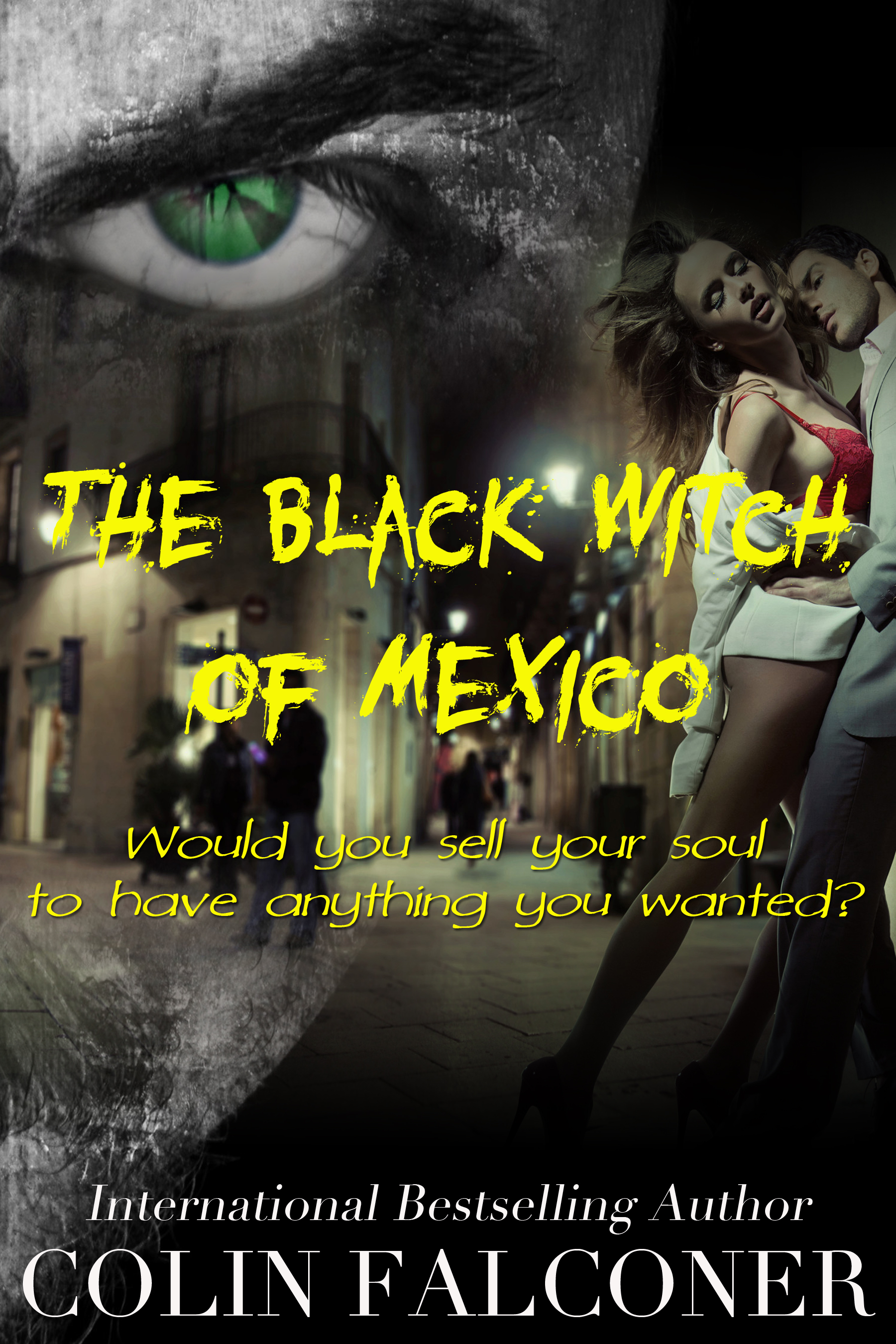
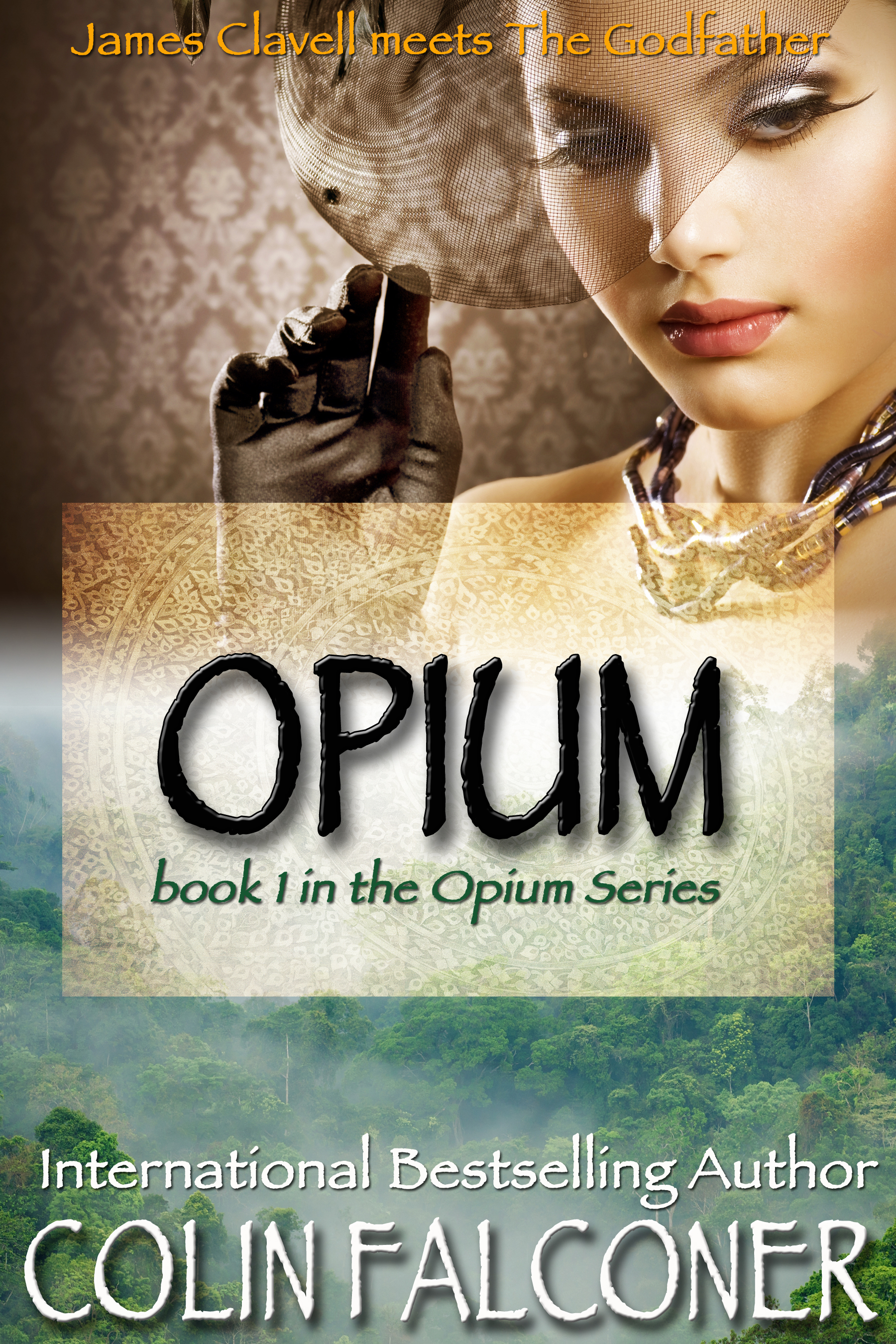

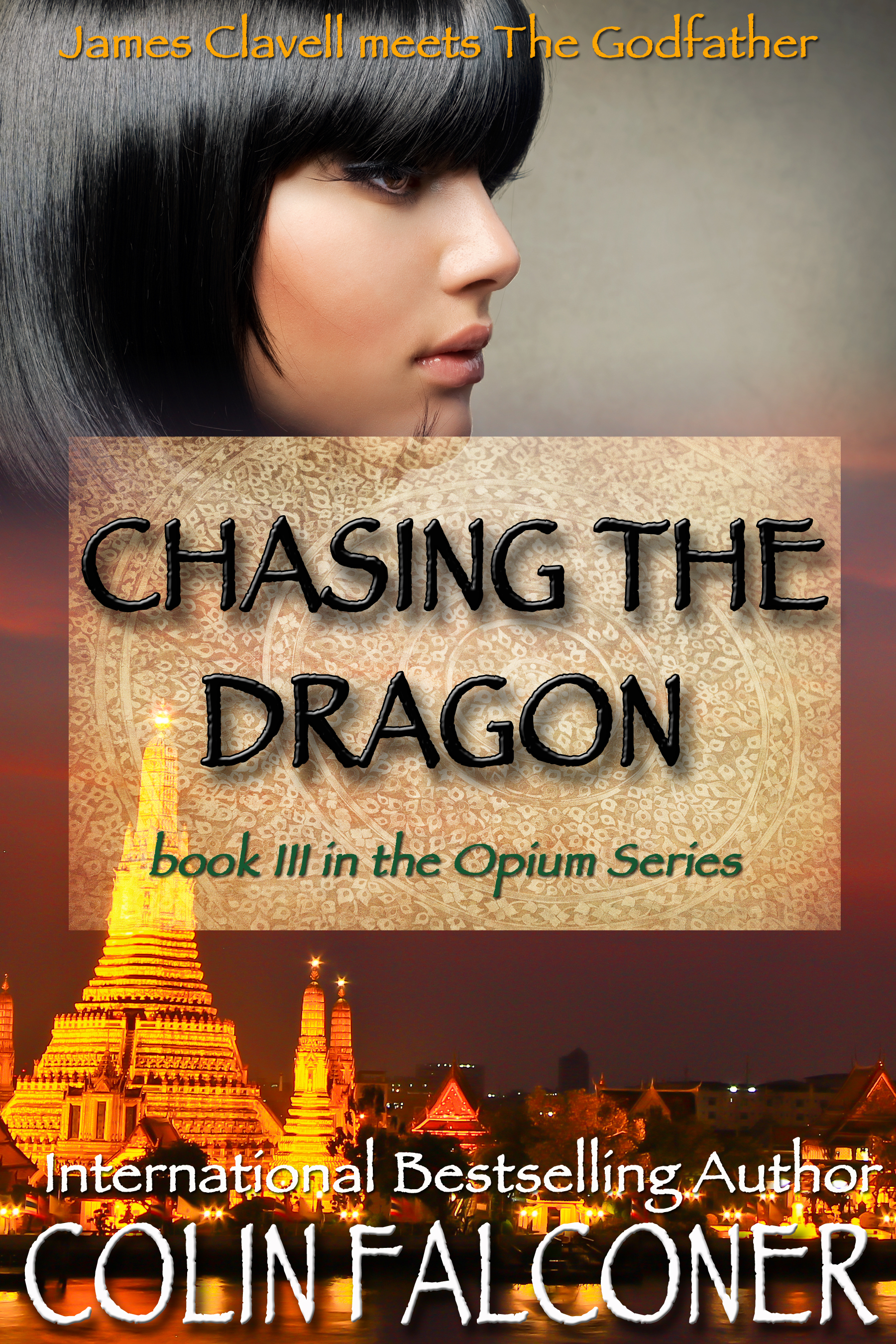
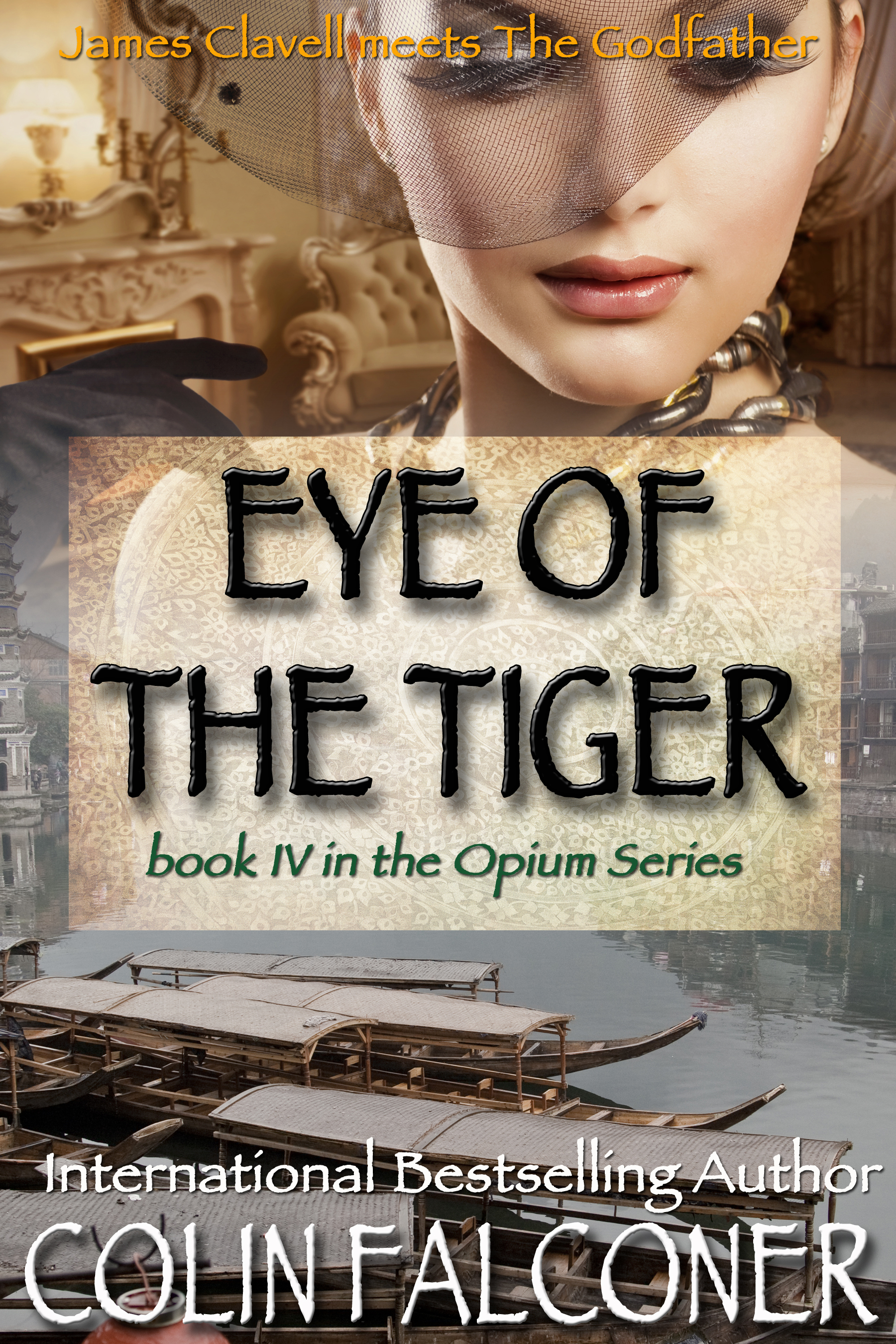





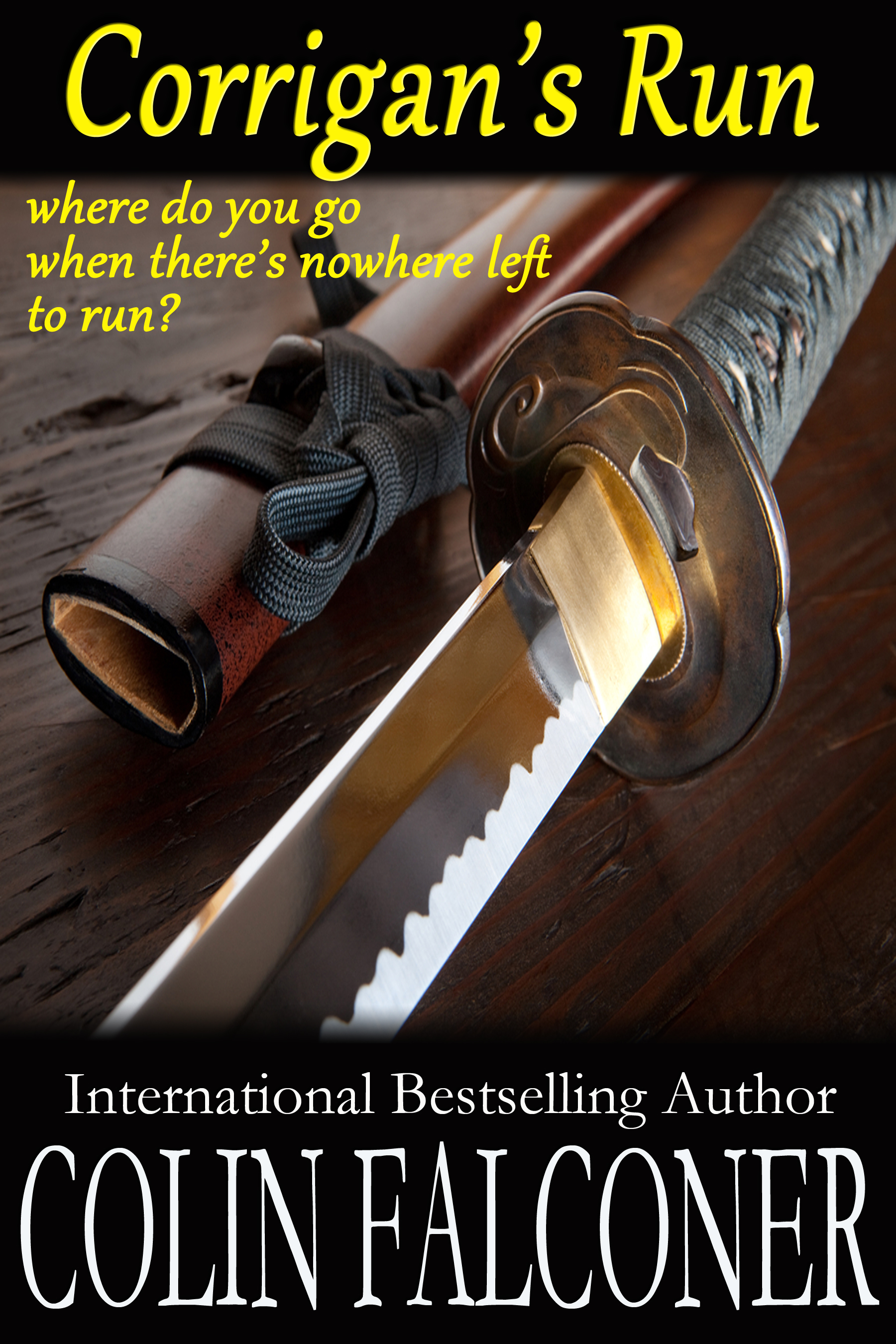
I’m very impressed with your research. I have read up on the Mary Celeste many times but no article has ever been so comprehensive as this! The part about Arthur Conan Doyle was especially new to me, I never realised he had written a fictional tale based on this.
Excellent post!
Thanks Nisha. Yes, I never read the Conan Doyle piece but it was a breakthrough for him at the time, he’d been earning two or three guineas a story and then he wrote a short story based on the Mary Celeste and earned twenty nine guineas - a very handsome amount in those days. But some of his story has got mixed up with the real facts of the Mary Celeste and muddied the waters over the years.
I too have heard of the Mary Celeste, but didn’t know all the details. Fascinating tale and research, Colin. Is it me, or does Captain Briggs somewhat resemble Leonardo di Caprio? In any event, this is one story Hollywood could run wild with!
Jeez you’re right, he does a bit! Have you seen that picture of the guy who looks a dead ringer for Nicholas Cage taken during the American Civil War? That’s equally spooky.
I’ve heard of doomed retail site-one shop or restaurant after another fails in the space. I had never heard of a ship as accursed as the Mary Celeste, though. As I was reading, a melody came to mind, and I realized I’d heard of the Mary Celeste in song-The Ballad of the Mary Celeste by Joel Sattler and Eric Blackmer. Terrific post, Colin.
Thanks, Pat. Never heard the song - and can only find the lyrics so far. I’ll keep checking aorund.